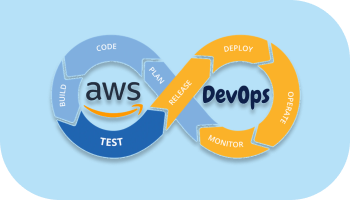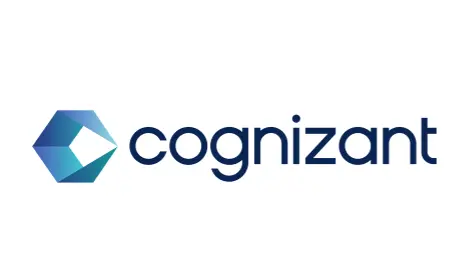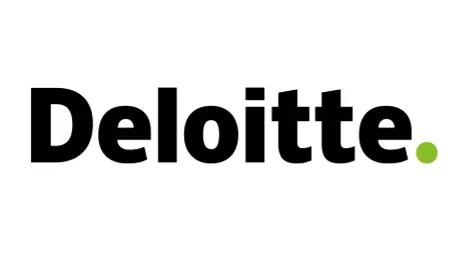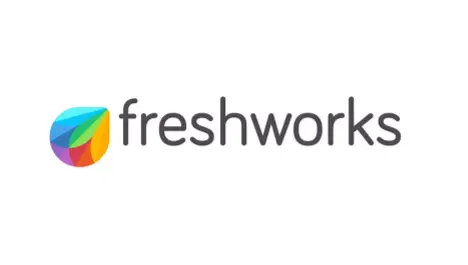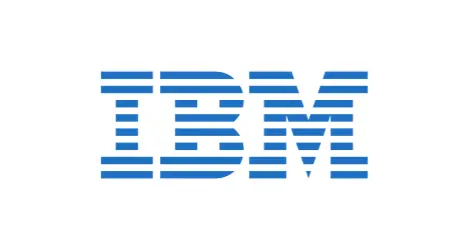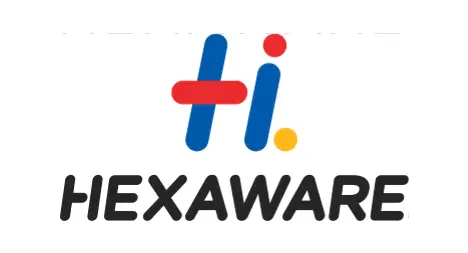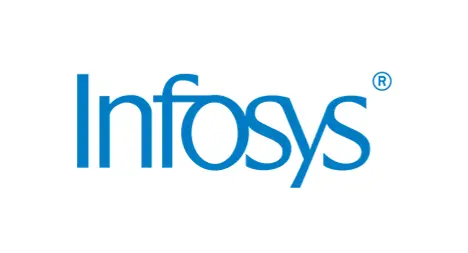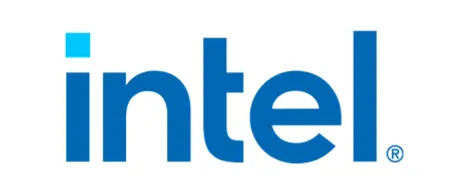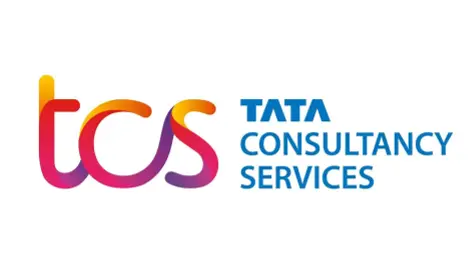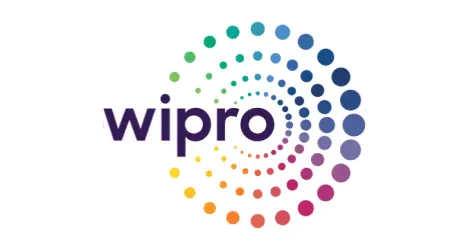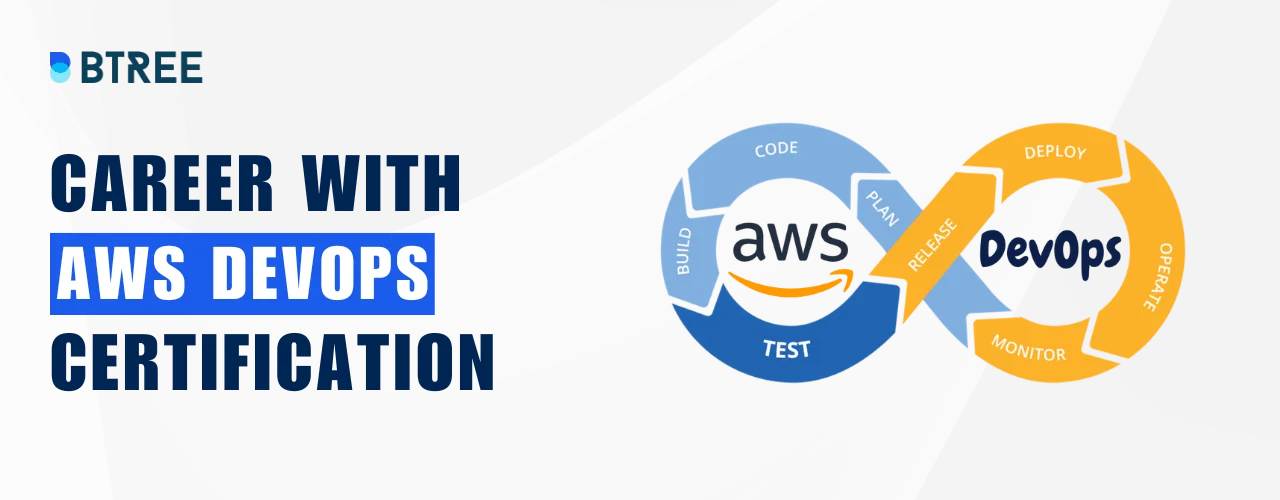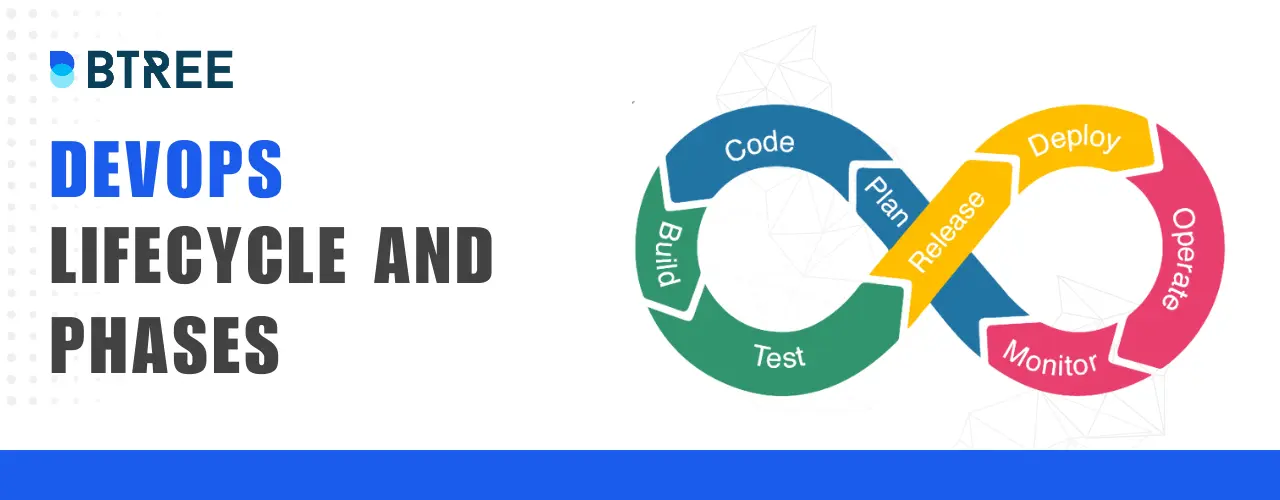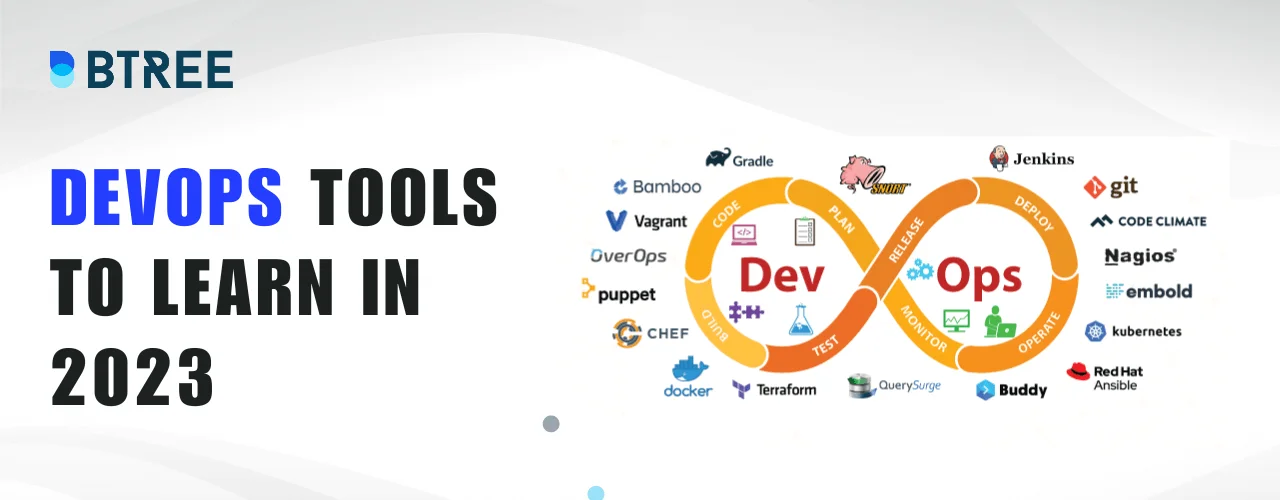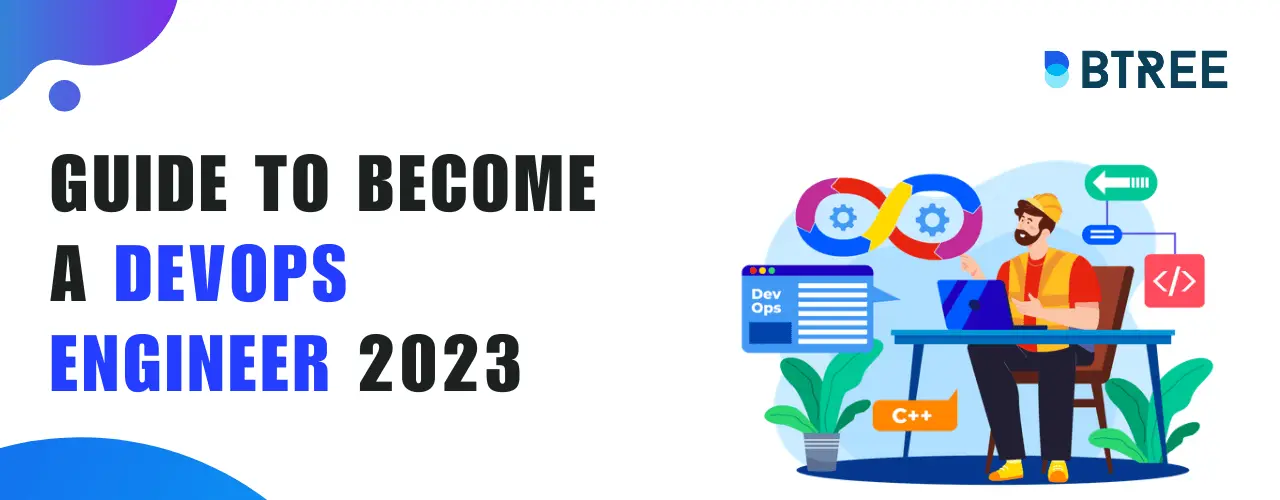Key Highlights
Overview of AWS DevOps Course in Pune
We offer comprehensive AWS DevOps online training in trending technologies through our AWS DevOps course in Pune. Through our dynamic curriculum, you will learn from industry experts and master AWS DevOps. Enhance your skills and stay ahead of the competition with top-notch training.
What is the objective of this AWS DevOps course at Btree systems?
The key objective of this AWS DevOps certification training in Pune is to give participants a thorough understanding of AWS services and DevOps procedures. You'll learn how to manage and automate infrastructure efficiently, deploy apps without complications, and improve communication between the development and operations teams by working on real-time projects.
What is AWS DevOps?
AWS DevOps integrates development and operations by combining Amazon Web Services (AWS) with DevOps techniques. It emphasises communication, automates infrastructure management, and streamlines software delivery, enabling quicker, more dependable, and more effective application development and deployment.
What is DevOps lifecycle?
A DevOps lifecycle emphasises collaboration and continuous delivery between development and operations teams. It encompasses different phases as listed below
Plan: Establish goals and tactics.
Create: Write code, create, and test applications.
Integrate: Consolidate code alterations into a single repository.
Deploy: Automate the production delivery of the application.
Execute: Real-time application monitoring and management.
Feedback: Gather information and refine for future growth.
What will I learn from this AWS DevOps Training in Pune?
You will gain knowledge on how to set up DevOps pipelines, automate deployments, manage infrastructure as code, utilise AWS services effectively, and apply optimal DevOps practises.
What services are covered in this AWS DevOps course?
The topics covered in this AWS DevOps course include setting up DevOps pipelines, infrastructure as code, integrating AWS services, continuous integration/continuous deployment, automation, monitoring, and recommended practices for quick product delivery on the AWS platform.
Talk To Us
We are happy to help you 24/7
Career Transition
60%
Avg Salary Hike
40 LPA
Highest Salary
500+
Career Transitions
300+
Hiring Partners
AWS Services Covered
AWS EC2 (Elastic Cloud Compute)
AWS EBS (Elastic Block Store)
AWS RDS (Relational Database Services)
AWS IAM (Identity Access Management)
Load Balancer and Auto Scaling
Cloud Formation
Elastic Beanstalk
Storage Services
AWS Lambda
Code Build & Code Deploy
Code Pipeline and etc...
Tools Covered









Course Fees
02
Sep
SAT - SUN
08:00 PM TO 11:00 PM IST (GMT +5:30)
09
Sep
SAT - SUN
08:00 PM TO 11:00 PM IST (GMT +5:30)
16
Sep
SAT - SUN
08:00 PM TO 11:00 PM IST (GMT +5:30)
Unlock your future with our
"Study Now, Pay Later"
program, offering you the opportunity to pursue your education without financial constraints.
EMI starting at just
₹ 3,000 / Months
Available EMI options
3
Months EMI
6
Months EMI
12
Months EMI

Corporate Training
Enroll in our corporate training program today and unlock the full potential of your Employees
Curriculum for AWS DevOps Course in Pune
Introduction to Cloud Computing & AWS
- What is Cloud Computing
- How AWS is the leader in the cloud domain
- Various cloud computing products offered by AWS
- Introduction to AWS S3, EC2, VPC, EBS, ELB, AMI
- Getting a detailed understanding of the AWS architecture and the AWS Management Console
- Introduction to AWS EC2
- Comparing Public IP and Elastic IP
- Demonstrating how to launch an AWS EC2 instance
- What is auto scaling
- AWS EC2 best practices and cost involved
- Understanding various concepts of backup services in AWS
Database services
- Elastic Block Storage (EBS) for block level persistent storage volumes with S3 buckets
- Understanding Amazon RDS and Amazon Aurora which are relational databases
- Amazon DynamoDB which is a NoSQL database
- Understanding Amazon Redshift which is a data warehousing product
- Amazon ElasticCache which is an in-memory data store
- Deploying AWS database migration service
Object Storage
- Introduction to AWS storage
- AWS S3 (Simple Storage Service)
- Creating an AWS S3 bucket
- AWS Storage Gateway
- Understanding the Command Line Interface (CLI)
- Hosting a static website using Amazon S3
- Amazon Glacier storage for long-term data backup and archiving
- Amazon Snowball for data import/export
Autoscaling and load balancing
- Understanding Fault Tolerance in AWS
- In-depth study of Elastic Load Balancing
- The types of Load Balancers viz. Classic and Application
- AWS Auto Scaling mechanism
- Understanding AWS Management Console
- How to access the Elastic Load Balancing
- Studying AWS SDK, AWS CLI and Https Query API
Virtual Private Cloud
- What is Amazon VPC
- VPC as a networking layer for EC2
- Getting started with VPC
- Examples
- VPC and Subnets
- Default and non-default VPCs
- Components of VPC networking
- IP addressing
- Security
- VPN connections
- Accessing the internet
- Using AWS PrivateLink to access the services
- VPC supported platforms
Application services, AWS Lambda and CLI
- Introduction to various AWS application services
- Elastic Beanstalk
- Simple Email Services (SES)
- Simple Notification Service (SNS)
- AWS Lambda
- Elastic OpsWorks and CLI
IAM and monitoring
- Authentication (who can use) and Authorization (level of access)
- IAM Policies – JSON structure, users, groups and their Roles
- IAM HTTPS API
- Logging IAM events with AWS CloudTrail
- Monitoring and managing AWS resources using CloudWatch
- Deploying configuration alerts and notifications with CloudWatch
- Billing for CloudWatch
Configuration management and automation
- Configuration management and automation of server configuration using OpsWorks
- Determining how servers are configured, managed and deployed across EC2 instances
- Creating a virtual machine using Amazon Machine Image (AMI)
- Introduction to the Domain Name Registration service AWS Route 53
- How to route internet traffic to resources
- Checking health of resources automatically
- Provisioning of infrastructure resources using AWS CloudFormation
Architecting AWS – whitepaper
- Important guidelines for creating a well architected AWS framework that is resilient and performant
- Designing of fault-tolerant and high-availability architecture, resilient storage, decoupling mechanism, multi-tier architecture solution, disaster recovery solution, scalable and elastic solutions
AWS Architect Questions
- Guidance for clearing the exam
- Most probable interview questions and other helpful tips for clearing the exam and interview
AWS Migration
- Migrating to the AWS cloud
- Business drivers for migration
- Various stages of cloud adoption
- The actual migration process
- Migration tools and services in AWS
- Migrating customers to AWS cloud
- Track the progress of application migration
- Types of migration including data migration, application migration and databases migration
AWS Security
- AWS cloud security essentials
- Penetration testing
- Security compliance
- Infrastructure security
- Mitigating DDOS
- Identity and Access Control (IAM)
- Logging and monitoring
- Automatic audits and compliance
- Limitations and challenges of native AWS security
Infrastructure Setup
- Installation of Devops Tools on AWS
- Git
- Docker
- Selenium
- Maven
- Jenkins
- Puppet
- Ansible
- Kubernetes
- Nagios
Introduction to DevOps
- What is Software Development
- Software Development Life Cycle
- Traditional Models for SDLC
- Why Devops?
- What is Devops?
- Devops Lifecycle
- Devops Tools
Software Version Control
- What is Version Control
- Types of Version Control System
- Introduction to SVN
- Introduction to Git
- Git Lifecycle
- Common Git Commands
- Working with Branches in Git
- Merging Branches
- Resolving Merge Conflicts
- Git Workflow
Containerization using Docker - Part I
- Introduction to Docker
- Understanding Docker Lifecycle
- Components of Docker Ecosystem
- Common Docker Operations
- Creating a DockerHub Account
- Committing changes in a Container
- Pushing a Container Image to DockerHub
- Creating Custom Docker Images using Dockerfile
Configuration Management using Puppet
- Need of Configuration Management
- Configuration Management Tools
- What is Puppet
- Puppet Architecture
- Setting up Master Slave using Puppet
- Puppet Manifests
- Puppet Modules
- Applying configuration using Puppet
- Puppet File Server
Configuration Management using Ansible
- What is Ansible?
- Ansible vs Puppet
- Ansible Architecture
- Setting up Master Slave using Ansible
- Ansible Playbook
- Ansible Roles
- Applying configuration using Ansible
Continuous Testing
- What is Continuous Testing?
- What is Maven?
- Running Test Cases on Chromium Web Driver
- What is Headless Mode?
Continuous Integration using Jenkins
- Introduction to Continuous Integration
- Jenkins Master Slave Architecture
- Understanding CI/CD Pipelines
- Creating an end to end automated CI/CD Pipeline
Continuous Orchestration using Kubernetes
- Introduction to Kubernetes
- Docker Swarm vs Kubernetes
- Kubernetes Architecture
- Deploying Kubernetes using Kubeadms
- Alternate ways of deploying Kubernetes
- YAML Files
- Creating a Deployment in Kubernetes using YAML
- Services in Kubernetes
- Ingress in Kubernete
DevOps on AWS
- How to deploy DevOps principles and methodology on the AWS platform
- DevOps lifecycle and the important stages in the DevOps methodology
- What is AWS CodeBuild
- AWS CodeCommit
- AWS CodePipeline
- AWS CodeDeploy
Deploying Infrastructure with Terraform
- Installing Terraform – Windows Users
- Installing Terraform – Linux Users
- Choosing Right IDE for Terraform IAC development
- Creating first EC2 instance with Terraform
- Terraform Code – First EC2 Instance
- Understanding Resources & Providers
- Destroying Infrastructure with Terraform
- Destroying Specific Resource
- Understanding Terraform State files
- Understanding Desired & Current States
- Challenges with the current state on computed values
- Terraform Commands – State Files
- Terraform Provider Versioning
- Types of Terraform Providers
- Understanding Attributes and Output Values in Terraform
- Attribute Resource (Document)
- Referencing Cross-Account Resource Attributes
- Terraform Variables
- Data Types for Variables
- Fetching Data from Maps and List in Variable
- Terraform Format
- Validating Terraform Configuration Files
Continuous Monitoring using Nagios
- What is Continuous Monitoring
- Introduction to Nagios
- Nagios Architecture
- Monitoring Services in Nagios
- What are NRPE Plugins
- Monitoring System Info using NRPE plugins
Terraform Modules & Workspaces
- What is Infrastructure as a code
- Iac vs Configuration Management
- Introduction to Terraform
- Installing Terraform on AWS
- Basic Operations in terraform
- init
- plan
- apply
- destroy
- Terraform Code Basics
- Deploying and end-to-end architecture on AWS using Terraform
“Accelerate Your Career Growth: Empowering You to Reach New Heights in AWS DevOps”
Project Ideas for Aws DevOps Program
Best industry knowledge
Hands-On practical experience
Real-Time experience
Optimisation of Infrastructure Costs
Building a cost-savings plan for AWS resources with the use of tools like AWS Cost Explorer and AWS Trusted Advisor. recommending resource optimisation and cost analyses automatically using CloudWatch Events and Lambda.
Installation and Organisation of Serverless Apps
Utilising API Gateway, DynamoDB, and AWS Lambda to build a serverless architecture. Automated scaling and effective management are made possible by implementing AWS CodePipeline and CodeDeploy for continuous integration and deployment.
Event-Driven Microservices with AWS Lambda
Using CodeCommit and CodePipeline integration for automated deployments and AWS Step Functions for orchestration, a highly scalable and economical architecture is made possible.
Training Options

Live interactive online training
-
50+ Hours of online AWS DevOps Training -
1:1 personalised assistance -
Practical knowledge -
Chat and discussion panel for assistance -
Work on live projects with virtual assistance -
24/7 support through email, chat, and social media.
AWS Certified DevOps Certification in Pune
Our AWS DevOps Certification is acknowledged by all significant global corporations worldwide. We offer to beginners as well as professionals with our theoretical and practical sessions. With the aid of this qualification, you can land top jobs in renowned MNCs throughout, increasing the value of your resume. Only after successfully completing our training and practice-based projects candidates will be awarded as an AWS certified DevOps engineer.
Real-word Projects and assessments on AWS DevOps course
Industry Recognised AWS DevOps Certification course
To-notch career Guidance from the experts cloud domain
Our Student feedback
Hear From Our Hiring Partners
Recruiting heat at Capgemini
Recruiter at Amazon
BTREE's Placement Guidance Process


Placement support
Have queries? We’re here for you! We support you with 24X7 availability with all comprehensive guidance.

AWS DevOps Sample Resume
Build a robust resume with battle-cut tools to land your dream job. Impress any recruiter with a rock-solid CV and personality!

Free career consultation
Overwhelmed about your future career? We offer free career consultation that helps you to figure out what you want to become.
Our Graduates Works At


FAQs on AWS DevOps Course
What advantages does BTree Systems' AWS DevOps course offer?
The BTree Systems AWS DevOps Course offers comprehensive instruction in cloud-based DevOps methods. Participants learn how to automate, deploy, and manage applications on the AWS infrastructure. Along with you will experience on-demand lecture access, mock interviews, resume preparation, career counselling, soft skills training, etc.
Do I need prior AWS knowledge?
No prior AWS knowledge is required, a fundamental understanding can be useful. In order to provide a flexible learning experience, our course covers key AWS principles, guaranteeing that both beginners and people with past knowledge can understand the material.
Who can take up this course?
This AWS DevOps course is suitable for software developers, system administrators, and IT professionals interested in mastering DevOps practices on the AWS platform.
Do I receive the Certificate after completing the AWS DevOps Course?
Yes, you'll receive a certificate displaying your proficiency in AWS DevOps field upon completing the course.
What if I miss the session?
If you miss a session, you can make it up any time you choose with the 60-day Flexi Pass method. Additionally, our trainer-led doubt-clearing sessions make sure you stay on course and fully understand any ideas you might have missed.
What are AWS DevOps Course fees and how can I make the payment?
To guarantee that everyone has access to high-quality education, we provide AWS DevOps course fees at reasonable costs. There are several digital payment options available, and paying for the course is a simple process. Here's how to send the money:
Avail our EMI options of 3, 6, and 12 months with respective banks.
Debit/Credit cards, Visa, MasterCard
Digital platforms like GPay, PhonePe, and Paytm.
Are there any prerequisites to take up this AWS DevOps Certification course?
It is recommended that you have basic programming knowledge and an understanding of software development concepts.
What are the projects I will be working on during my AWS DevOps training program?
You'll work on a variety of projects as part of your AWS DevOps course, including establishing CI/CD pipelines, automating infrastructure deployment with tools like Terraform, streamlining AWS resource management, and putting cloud-native DevOps practises into practice for real-world scenarios.
How can I reach the team for further clarification on my course?
You have the following options when it comes to reach our career consultants teams
Call us at 044 - 4560 5237
Send an email to info@btreesystems.com
On our website, you can chat with us
Who will be my mentor throughout this course?
You will be guided by professional experts who are knowledgeable about AWS DevOps practises throughout the course. These mentors will help you master the ideas and abilities required for effective application in the industry by bringing a depth of knowledge and practical experience.
